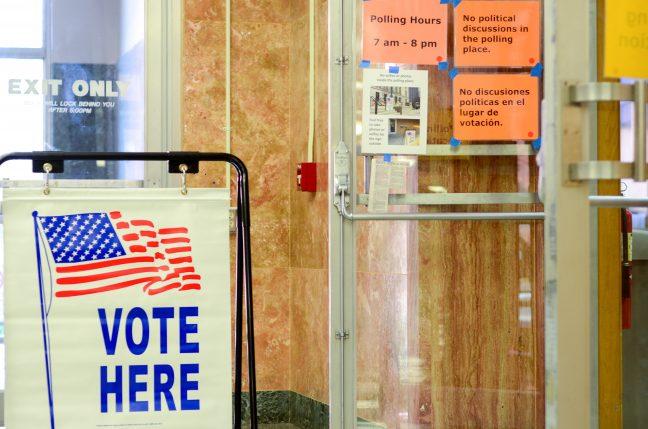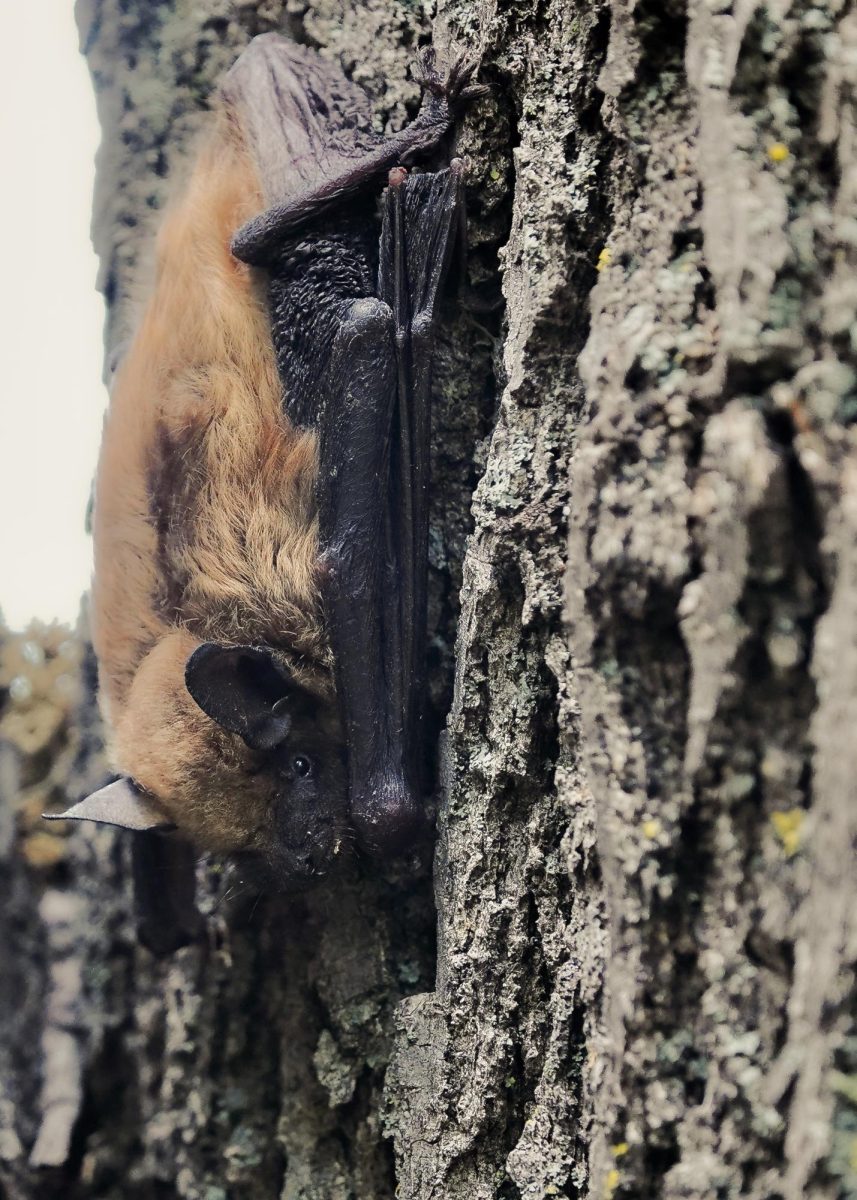University of Wisconsin political science researchers began a study Monday examining the impact voter ID laws could have had on propagating the lowest voter turnout in Wisconsin in more than two decades.
The study, proposed Oct. 4, will review the impact Wisconsin’s relatively “restrictive” identification rules had in Dane and Milwaukee counties, which are home to the largest population of minority and low-income voters.
Approximately 66 percent of people above the age of 18 voted in the presidential election Nov. 8, which is a 4 percent decrease from the 2012 election, Dane County Clerk Scott McDonell said in a statement. Moreover, this turnout was three points below state election officials’ predictions.
Dane County voter turnout was 82.4 percent, which was a 2.3 percent decrease from the 2012 election. In Milwaukee County, 60,000 fewer people cast their ballots compared to 2012, McDonell said. Exit polls from Milwaukee County also showed that turnout was lower among young voters and African-Americans.
McDonell said the election commenced with “very few problems,” but some voters turned up with incorrect IDs, cast provisional ballots or did not vote at all. It is still uncertain, however, if voter ID law led to these issues.
“This study will move us from anecdotes to facts,” McDonell said.
UW had been working toward making voting as easy for students as possible months before election day. Students had the ability to print voter IDs for free at printers located around campus. Additionally, students were able to vote early on campus locations from Oct. 24 onward.
UW professor Kenneth Mayer said the study will specifically look at the barriers that turn people away at the polls, which may or may not be related to the voter ID law.
Dane County Board helped cover costs for the $44,000 study and Milwaukee County Clerk Joseph Czarnezki has also committed to supporting the study, McDonell said.
Researchers will mail surveys and call and email registered voters who did not vote on Nov. 8. The mailing portion will statistically target areas where people have voted earlier but did not this time and areas with higher minority voters to “gauge the impact on that demographic,” McDonell said.
Both University of Wisconsin students on the Madison and Milwaukee campuses will also be emailed and asked about their voting experiences. All participants will be given a $2 cash incentive.
An initial report on the study will be released August 2017.



















